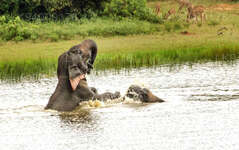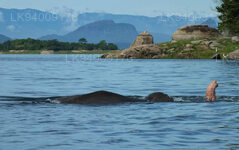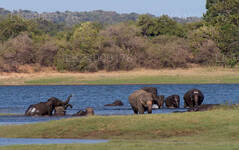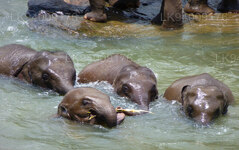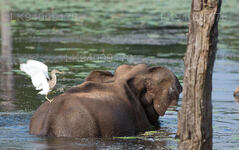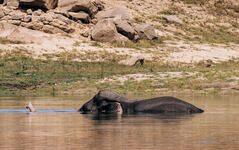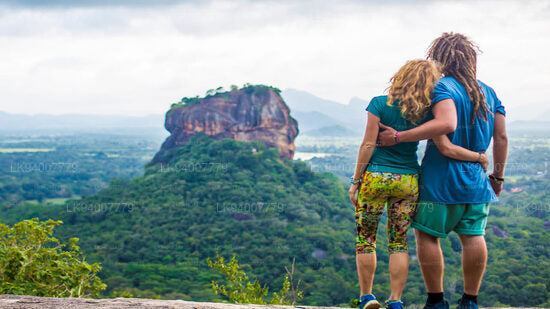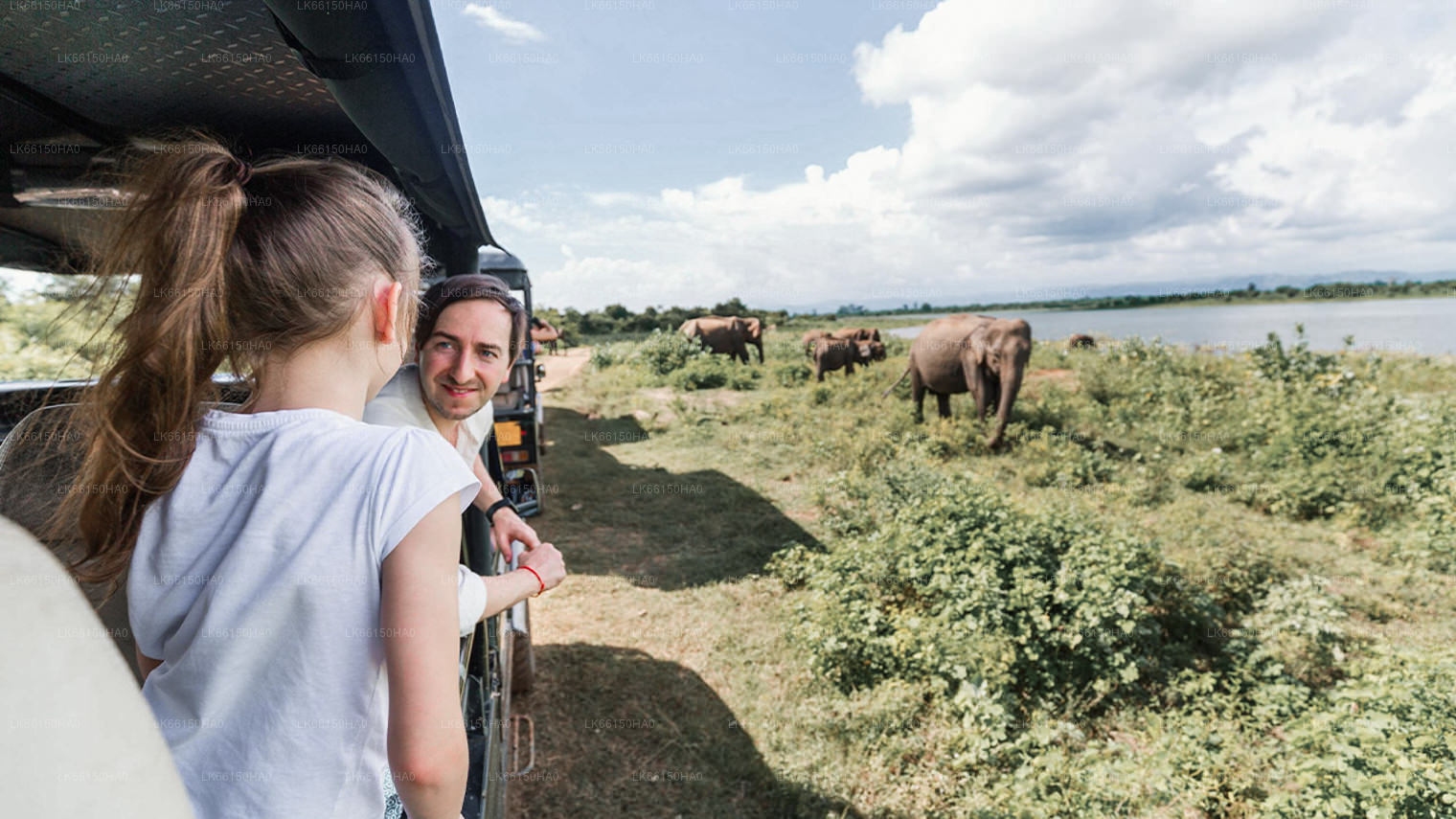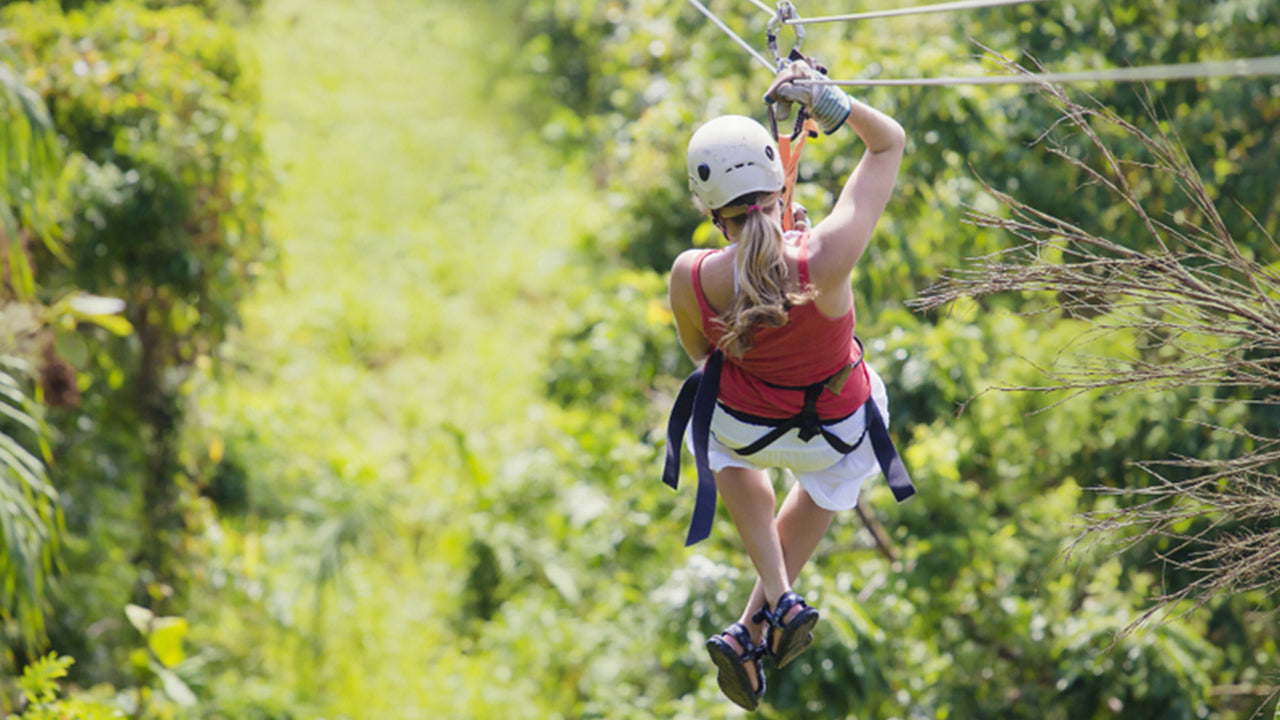
Gal Oya City
Gal Oya is a region in Sri Lanka known for the Gal Oya National Park, established in 1954. The park features the Senanayake Samudraya, the country's largest reservoir, and diverse wildlife, including elephants. It offers boat safaris, showcasing the park's natural beauty and biodiversity.
Swimming Elephants
Swimming elephants are a fascinating and captivating sight, although they are not commonly found in the wild. Elephants are excellent swimmers and are known to use their trunks as snorkels, allowing them to submerge themselves in water while keeping their trunks above the surface for breathing.
In their natural habitats, elephants often come across bodies of water such as rivers, lakes, and watering holes, and they are capable of crossing these water bodies by swimming. Swimming allows them to reach new feeding grounds or access areas with abundant vegetation. Elephants are also known to enjoy bathing and wallowing in water to cool down and remove dirt and parasites from their bodies.
In some parts of the world, particularly in Asia, elephants have been trained for various activities, including swimming. These trained elephants are often used for entertainment purposes, such as performing in shows or participating in water sports exhibitions.
It's important to note that while elephants are strong swimmers, they are still vulnerable in water, especially in deep or fast-flowing rivers. They can face challenges such as strong currents or potential predators, so they generally prefer shallow water bodies for swimming.
Overall, observing elephants swim is a remarkable experience that showcases their adaptability and agility, despite their large size.
About Ampara District
Ampara is belongs to the Eastern Province. of Sri Lanka It is a remote city on the East Coast of Sri Lanka, about 360 km from the capital city of Colombo.Ampara is the largest paddy harvesting province in the country, and has the Indian Ocean on the east coast of Sri Lanka as a fisheries resource. Most of the civilians are Sinhala, while Tamils and Moors also live in the coastal parts of the district.
About Eastern Province
The Eastern Province is one of the 9 provinces of Sri Lanka. The provinces have existed since the 19th century but they didn't have any legal status until 1987 when the 13th Amendment to the 1978 Constitution of Sri Lanka established provincial councils. Between 1988 and 2006 the province was temporarily merged with the Northern Province to form the North-East Province. The capital of the province is Trincomalee. The Eastern province's population was 1,460,939 in 2007. The province is the most diverse in Sri Lanka, both ethnically and religiously.
Eastern province has an area of 9,996 square kilometers (3,859.5 sq mi).The province is surrounded by the Northern Province to the north, the Bay of Bengal to the east, the Southern Province to the south, and the Uva, Central and North Central provinces to the west. The province's coast is dominated by lagoons, the largest being Batticaloa lagoon, Kokkilai lagoon, Upaar Lagoon and Ullackalie Lagoon.

